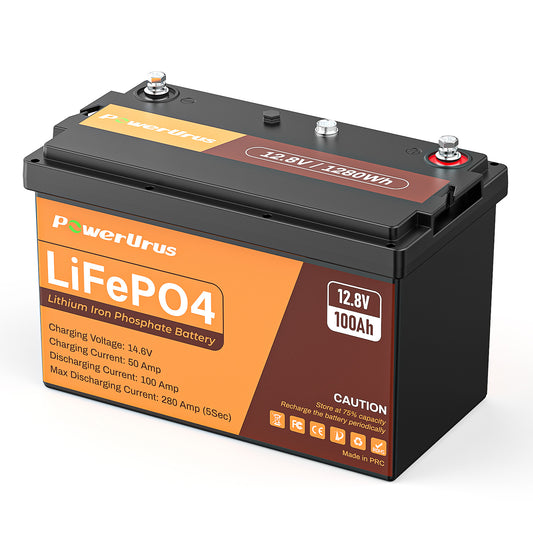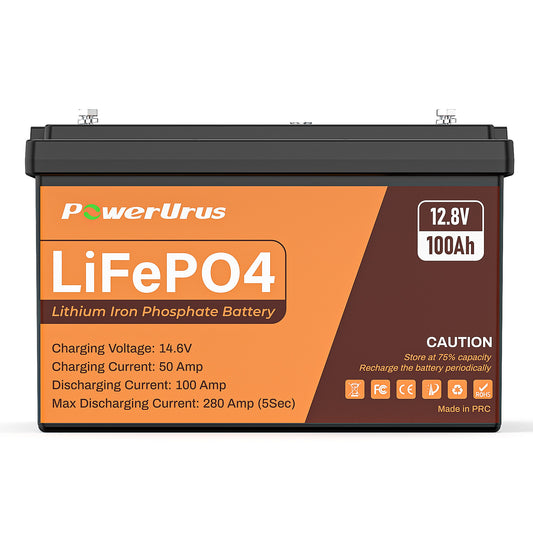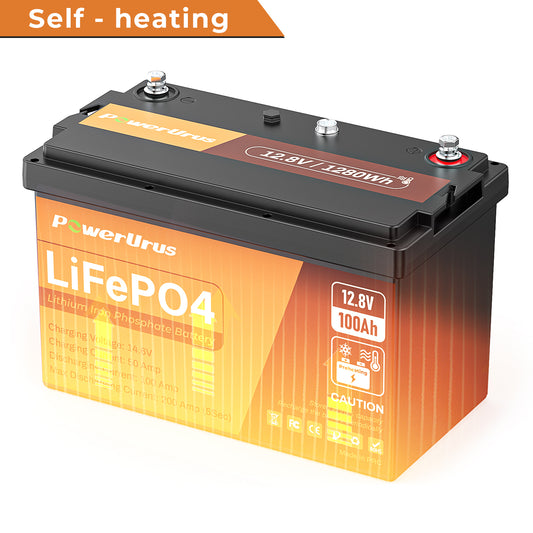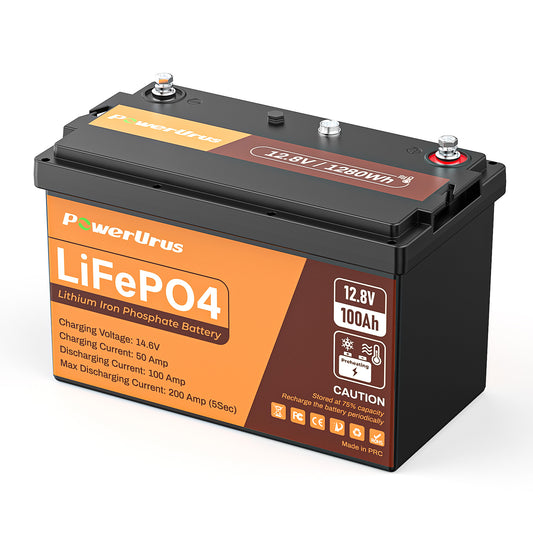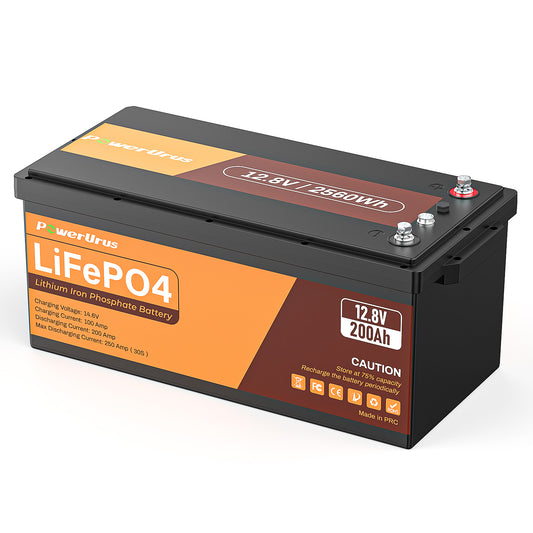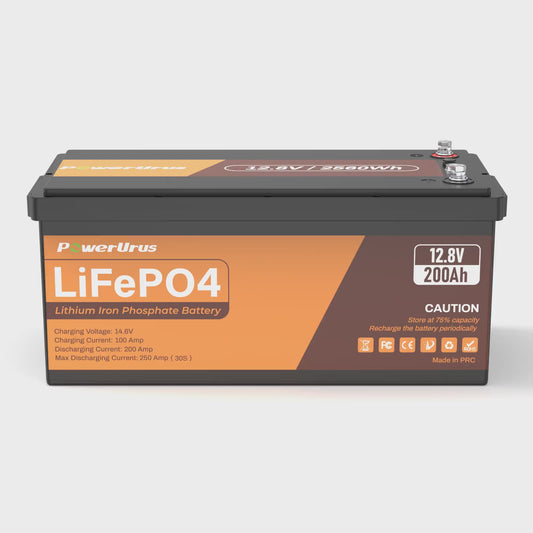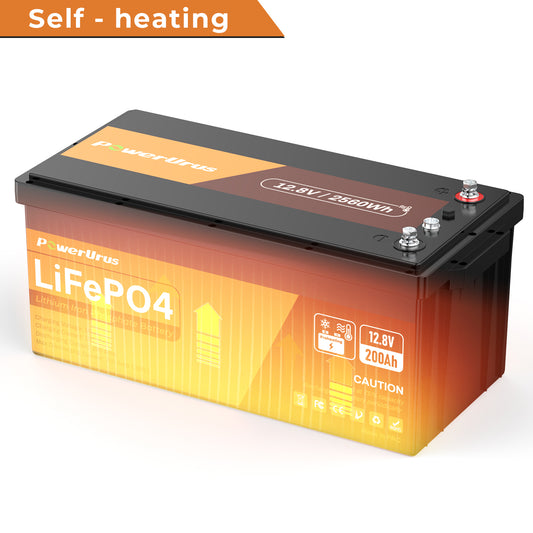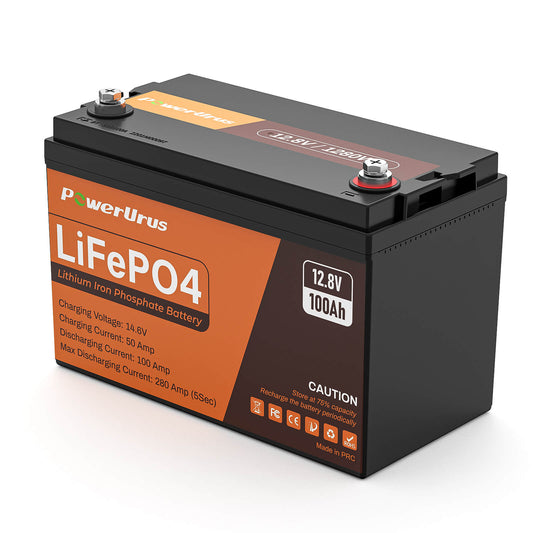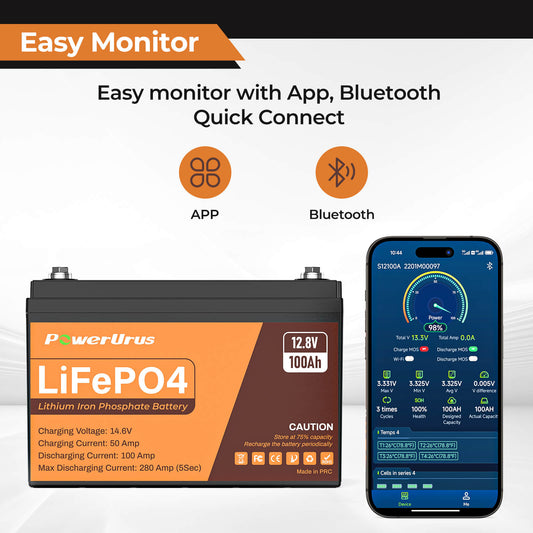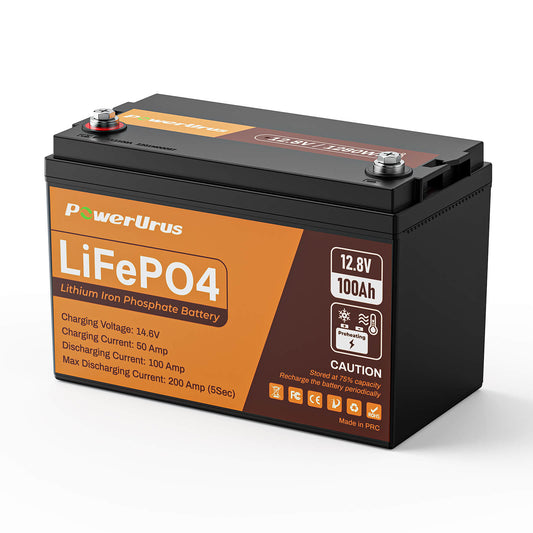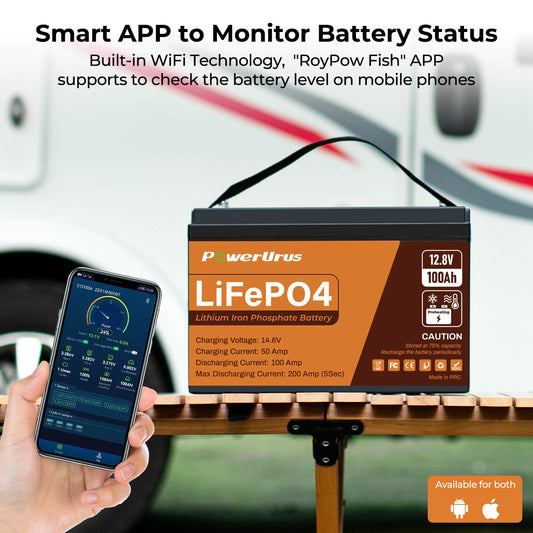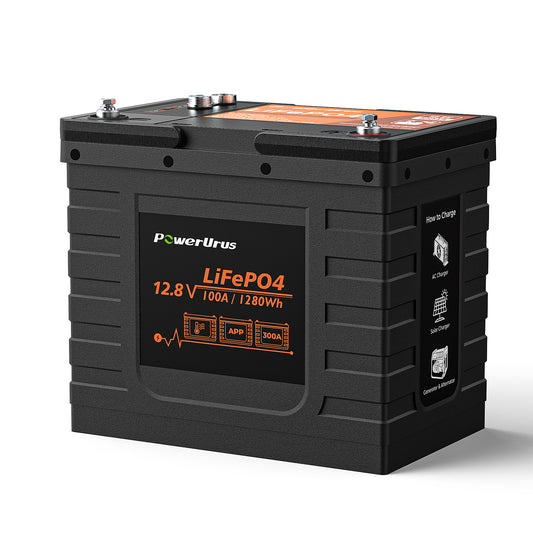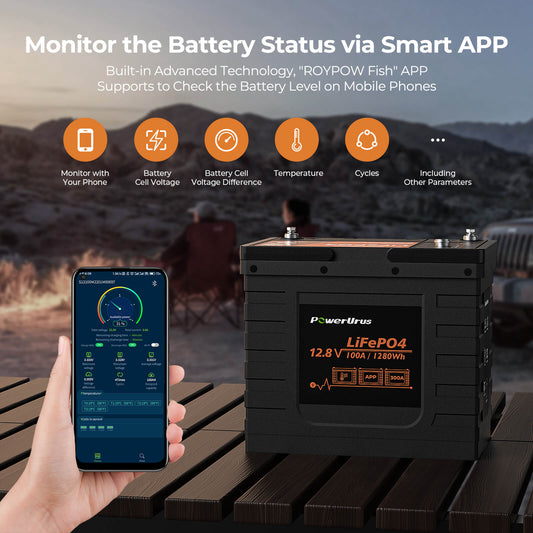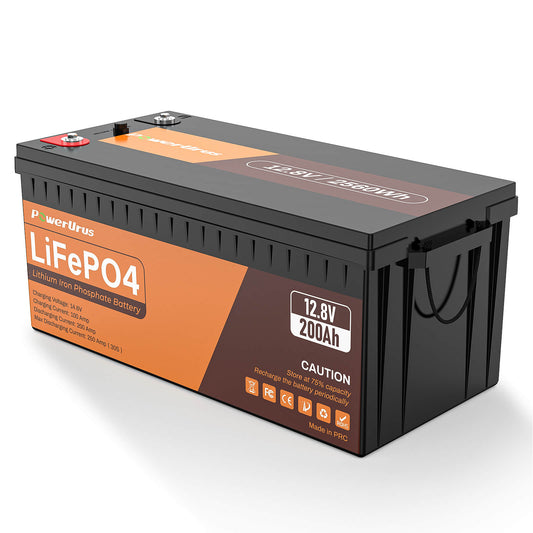Are Group 24 and 24F the Same?
If you're shopping for a replacement battery, terms like "Group 24" and "Group 24F" can be confusing. While they sound similar, they're not identical. Here's what you need to know:
Physical Dimensions
Both Group 24 and 24F share the same standardized size (roughly 10.25" L x 6.8 " W x 8.9" H) set by the Battery Council International (BCI). This means they'll fit into the same battery trays designed for their dimensions.
Key Difference: Terminal Placement
The critical distinction lies in terminal orientation:
- Group 24: Positive (+) terminal is on the left, negative (-) on the right when viewed from the top.
- Group 24F: Terminals are reversed—positive (+) on the right, negative (-) on the left.
This swap matters because vehicle battery cables are designed to reach specific terminals. Using the wrong group could force you to stretch cables or risk incorrect connections, which may damage electronics or cause safety hazards.
Compatibility and Applications
- Group 24 is common in boats, RVs, and older vehicles.
- Group 24F is often used in Asian-made cars (e.g., Toyota, Honda) and some trucks.
- Some manufacturers list both as compatible if cables are long enough, but always verify terminal placement before buying.
Can You Substitute Them?
While physically interchangeable, the reversed terminals make them not direct substitutes unless your cables can safely reach the opposite sides. Adapters or terminal extenders exist, but improper installation risks short circuits.
Pro Tip: Check your current battery or vehicle manual for the correct group number. If replacing a 24F, stick with 24F unless you're certain cables can adapt. When in doubt, consult an auto parts specialist to avoid costly mistakes!

